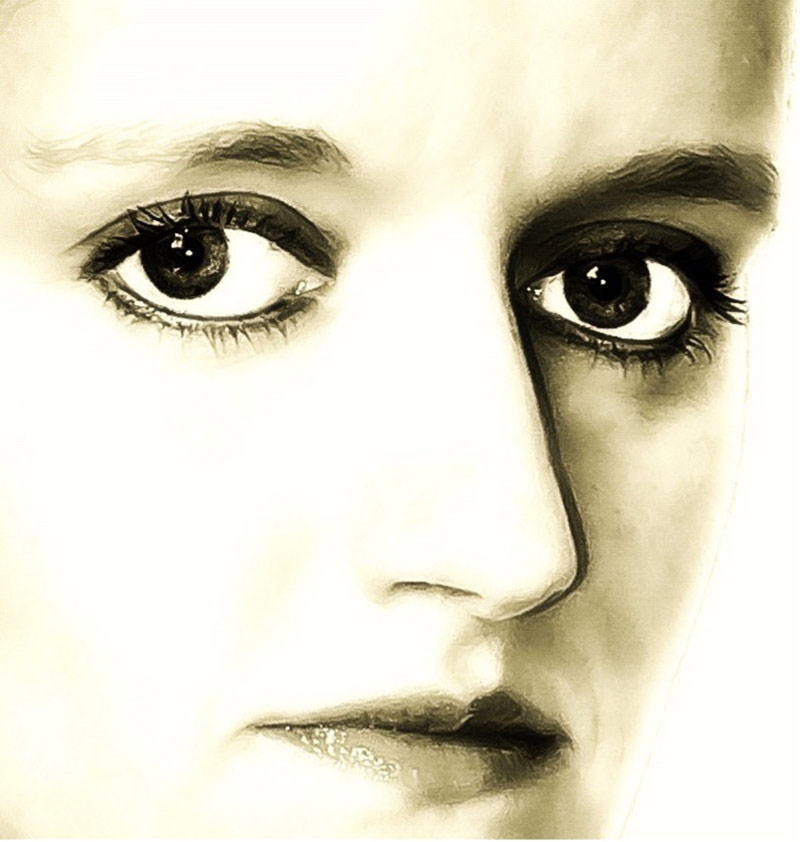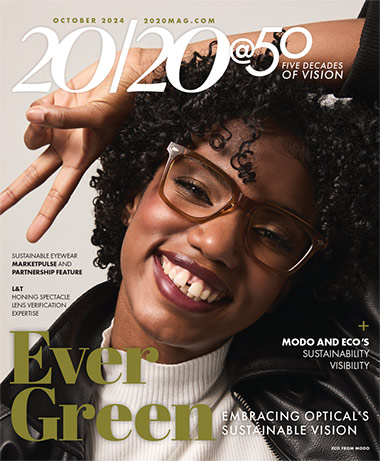By Marisol Rodriguez, ABO-AC, NCLEC

When you go in for an annual comprehensive eye exam, the optometrist or ophthalmologist is checking for an array of ocular health conditions, including visual acuity, tear quality, pupil reflexes, and eyelid and eyelash hygiene. To get a look at the internal structures of the eye the physician will often instill pharmaceutical therapeutic agents, such as atropine. Atropine causes the pupil to dilate and the muscles of the eye to relax so it does not respond to light.
As an ophthalmic drop, it is used under the care of a physician for a variety of different reasons. Atropine is used as a cycloplegic, meaning it temporarily paralyzes the ciliary muscles of the eye and relaxes accommodation. It will also cause mydriasis, the dilation of the pupil, and a side effect will be light sensitivity because the iris can no longer adjust the pupil size for different lighting situations. As a form of vision therapy for amblyopia in young patients, atropine is used to temporarily dilate the well-seeing eye to blur vision and stimulate the poor-seeing eye to focus. More recently, it has been used in some forms of myopia management. Another therapeutic use includes traumatic ocular inflammatory responses, such as iritis, aiding in pain management.
But did you know that this routinely used ophthalmic drug has a dark past? Atropine is an active agent in Atropa Belladonna, derived from a plant called Deadly Nightshade. In Victorian times there were many common beauty treatments that were fatal, this being one of them. For some odd reason it was desirable to have enlarged pupils, and a pale green-placid look to the skin much like patients with consumption, or tuberculous, a deadly pulmonary disease, which caused high mortality during this era. This reminds me of one of my favorite movies, “Interview with the Vampire,” in which the wardrobe and societal norms of affluence were to be “morbidly beautiful.” For example, washing her face with ammonia to give the face a paler look gave society a reminder of her privilege, and she was not required to work outdoors.
Belladonna drops were used as a cosmetic enhancement. They would be placed directly on the eyes and as aforementioned, would temporarily dilate the pupils and give a watery look to the eyes. This “doe-eyed” look was perceived as a sign of beauty in ladies, however, using it over an extended period of time was toxic, rendering the user blind, and even causing mortality. Talk about, “drop dead gorgeous!”
When it came to enhancing a woman's eyes to look desirable, there were many other extremes. For example, in the 19th century, they would take strands of hair from the head, wash the eyelids with an amphetamine-based numbing agent, and sew the hair into the eyelids for lash extensions. And most make up products contained lead and other toxic heavy metals.
How far would you go to look drop dead gorgeous?












